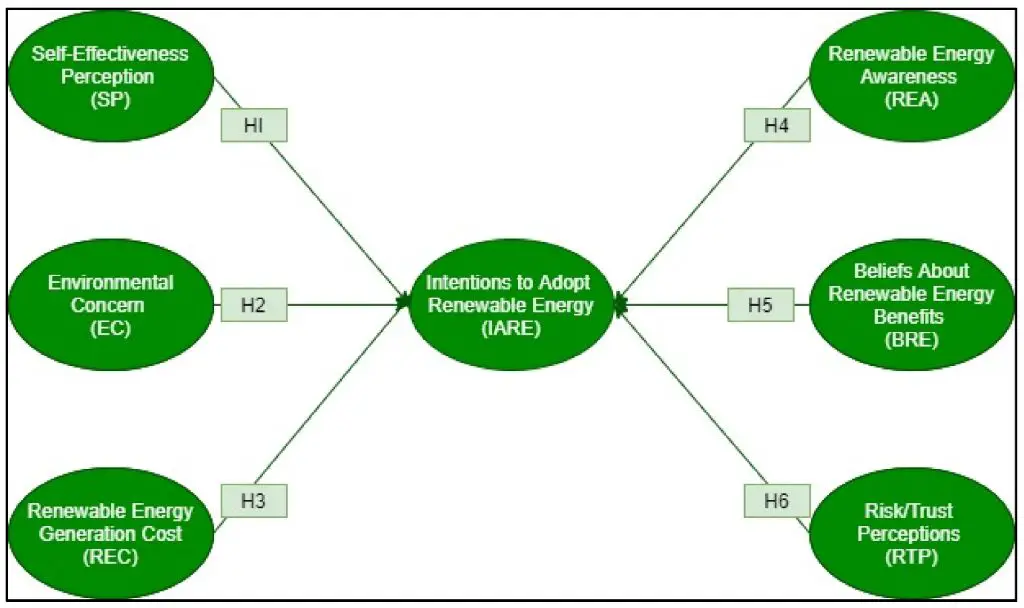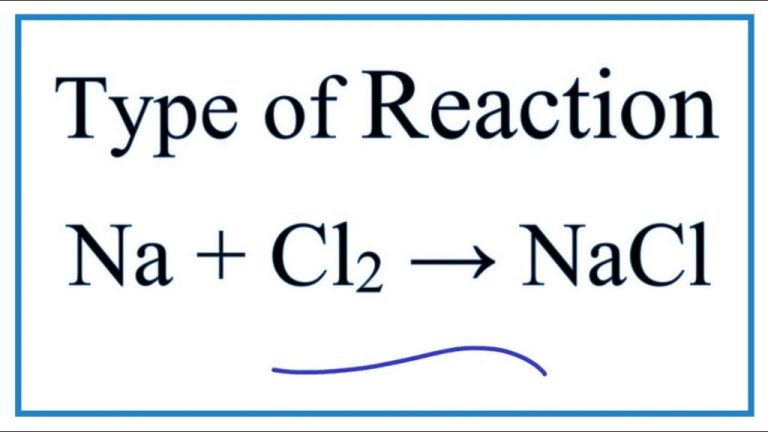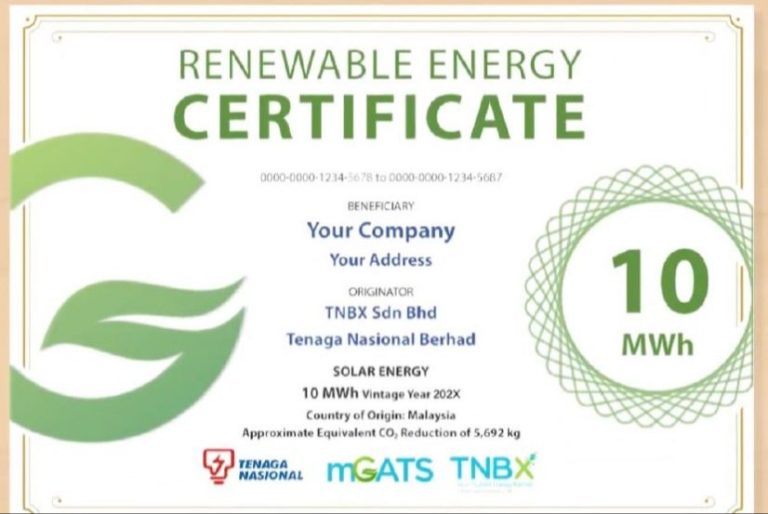How Long Can Renewable Energy Last?
Renewable energy comes from natural sources that are constantly replenished, such as sunlight, wind, rain, tides, waves, and geothermal heat. Some forms of renewable energy, like solar and wind, provide energy directly. Others, like biomass and hydropower, produce fuel or electricity. Renewable energy provides substantial benefits, including energy security, cost stability, environmental sustainability, and economic growth.
The key question we aim to address is: How long can renewable energy realistically last into the future? With growing energy demands and constraints on fossil fuels, understanding the longevity and limits of renewables is crucial. This analysis will examine the technical potential, practical limitations, projected scenarios, and other key factors that influence renewable energy’s staying power. The goal is to provide a comprehensive look at how long these resources can viably provide energy based on current knowledge and trends.
Current State of Renewable Energy
Renewable energy currently accounts for around 15% of global energy consumption. The main renewable energy sources in use today are:
- Hydropower – Generates around 16% of the world’s electricity.
- Wind power – Supplies around 5% of global electricity demand.
- Solar power – Provides approximately 2% of global energy demand.
- Bioenergy – Accounts for around 10% of global energy use.
The renewable energy sector has experienced rapid growth over the past decade. Global renewable energy consumption increased by over 60% between 2008-2018, while non-renewable energy consumption only increased by 15%. Key drivers for this growth include falling technology costs, supportive government policies, and increased commitment to tackling climate change.
Technical Potential of Renewables

Theoretical calculations estimate that the total global technical potential for renewable energy is enormous. The earth receives more solar energy in 1 hour than humanity uses in 1 year. Capturing just a small fraction of this incoming solar radiation could meet all of our energy needs. Similarly, studies show there is enough potential wind and hydroelectric power worldwide to satisfy global demand many times over if fully harnessed.
However, there is a distinction between the total theoretical technical potential, versus what is practically achievable. While the total solar, wind, hydro, geothermal, and other renewable resources present are vast, there are practical limitations that prevent capturing anywhere close to 100% of this potential energy. Technical potential represents the maximum hypothetical energy available, if all feasible sites worldwide were developed to their full potential simultaneously. But factors like geography, land use constraints, economic and political barriers, and the distributed nature of renewables put practical limits on what percentage can realistically be harnessed.
Practical Limitations
While renewable energy has immense theoretical potential, there are real-world constraints that limit how much can be harnessed in practice. Two key limitations often cited by experts are land use and transmission capacity.
Many forms of renewable energy require large land areas, like solar and wind farms. There is only so much suitable land available, and renewables have to compete with other uses like agriculture and housing. Estimates of technical potential usually assume renewable generation on huge swaths of land, which may not be feasible.
Transmitting renewable electricity from source to end use is also a challenge. Solar and wind farms are often located far from cities and require major investments in transmission lines. Existing grids may lack capacity to handle large new renewable sources. Upgrades can be slowed by permitting issues and costs.
Other limiting factors include variability of wind/solar, large storage needs, and steep cost curves at high penetrations. There is disagreement among experts over how severely these will constrain renewables growth. More optimistic analysts believe innovations and smart grids will overcome barriers. Skeptics see unsolvable geographic and economic constraints.
In reality, practical limits will likely allow significant but not unlimited renewable expansion. However, constraints should not be an excuse for inaction. Identifying solutions and pushing boundaries is key to enabling renewables to reach their full potential.
Projected Long-Term Scenarios
There are a wide range of models that aim to project the future growth and adoption of renewable energy under different assumptions. These models take into account factors like technology cost reductions, policy incentives, energy demand growth, and the retirement of existing non-renewable infrastructure.
According to the International Renewable Energy Agency (IRENA), renewable energy could supply over 60% of global electricity by 2050 in an optimistic scenario that sees countries aggressively pursue decarbonization. Other international organizations like the International Energy Agency (IEA) forecast anywhere from 30-50% renewable electricity globally by 2050 depending on the pace of clean energy deployment. Models that assume slower progress still see significant growth, with renewables potentially supplying 15-30% of global electricity by 2050.
Looking further ahead, more ambitious scenarios project that renewables could provide 75-100% of global electricity by 2100. However, this would require optimal conditions and sustained policy support for decarbonization over many decades. More moderate scenarios still foresee renewables generating 50-70% of electricity by the end of the century as costs continue to fall and clean energy policies expand globally.
Sustainability Factors
The long-term viability of renewable energy depends greatly on its sustainability and environmental impact over the full lifecycle. Some key considerations around sustainability include:
Lifecycle emissions and environmental impacts – Each renewable technology has different impacts based on manufacturing, installation, operations, and end-of-life decommissioning. Factors like GHG emissions, water usage, land use changes, and effects on wildlife must be weighed. For example, large hydropower can disrupt river ecosystems, while wind and solar farms require significant land areas.
Supply chain constraints for some technologies – The manufacturing supply chain for solar panels, batteries, rare earth metals, and other components may face bottlenecks to rapid scaling. There are also geographical constraints on resources needed for some technologies. Sourcing materials sustainably and ethically is an increasing focus.
Meeting sustainability goals requires balancing tradeoffs between emissions reductions, land/resource use, and biodiversity impacts. Policy support can help spur innovation to improve lifecycle sustainability.
Political and Economic Factors
Government policies and incentives play a major role in determining the growth and adoption rates of renewable energy. Many governments provide subsidies, tax credits, feed-in tariffs, and other incentives to support renewables. However, frequent policy changes create uncertainty for investors and developers. Consistent, long-term policies are needed to provide confidence in renewables.
The declining costs of renewables like solar, wind, and batteries have made them cost-competitive with fossil fuels in many regions. But in some markets, fossil fuels remain cheaper due to existing infrastructure and subsidies. As renewable costs continue to fall, they are expected to undercut fossils fuels in most locations within the next decade. But political factors like fossil fuel lobbying and subsidies could hamper the economic competitiveness of renewables in certain markets.
New Technologies
There are several emerging innovations that could drastically improve renewable energy technology and sustainability in the coming decades.
In solar technology, perovskite solar cells are gaining traction as a potential gamechanger. Perovskites have shown the ability to reach solar conversion efficiencies over 25%, rivaling traditional silicon solar cells. Additionally, perovskite materials are inexpensive to produce, flexible, and lightweight. This could enable new applications for solar technology, like integrating it into building materials and car paints.
Solar forecasting and grid management systems utilizing artificial intelligence are also being developed to better predict energy supply and demand. This can optimize integration of solar and wind power into the grid and reduce intermittency issues.
For wind power, larger and more efficient turbine designs, like two-bladed turbines, have the potential to access stronger winds at higher altitudes and reduce maintenance costs. New superconducting materials could also enable a breakthrough in loss-free long distance power transmission, which would boost the viability of large scale renewable projects.
In the long run, nuclear fusion could provide essentially limitless clean energy with minimal radioactive waste. While still early stage, fusion energy programs around the world are making steady progress, with commercial fusion power potentially feasible in the 2040s or 2050s if sufficient research funding is secured.
The rapid pace of innovation makes it difficult to predict just how far renewable energy can advance in the coming decades. But emerging technologies indicate the technical potential is vast and could lead to renewables eventually meeting global energy demand in a sustainable manner.
Synthesis and Conclusions
Based on the technical potential estimates and projections discussed, renewable energy has the capability to meet global energy demand for at least several decades, if not centuries. However, there are practical limitations around infrastructure, storage, transmission, and cost that affect the timeline.
Most projections estimate renewable energy could feasibly supply 50-80% of global energy by 2050. Some of the more ambitious scenarios foresee renewable energy providing well over 90% of global energy by 2060-2080. However, these timeframes rely on continued technological innovation, large investments, and supportive policies to enable the transition.
The long-term sustainability of renewable energy beyond 2050-2100 depends on several key factors. First, there must be major improvements in energy storage and transmission infrastructure to accommodate high shares of variable renewables. Second, recycling and technological advances are needed to secure adequate mineral supplies for expanding wind, solar, batteries, etc. Third, global coordination and cooperation will be essential to build out continental/intercontinental transmission networks and optimize renewable energy potential across regions. Finally, the mix of generation sources may need to shift over time as resource potentials and conversion technologies evolve.
Overall, with sustained commitment, investment, and policy support, renewable energy appears capable of meeting a substantial share of global energy needs throughout this century and beyond, making the goal of a sustainable, decarbonized energy system achievable.
Key Takeaways
Renewable energy has immense long-term potential if we continue investing in the right technologies. However, realizing this potential requires overcoming political and economic hurdles. The most important takeaways are:
– Solar, wind, hydro, and geothermal energy can theoretically supply humanity’s energy needs many times over. The limits are practical rather than fundamental.
– Costs for renewables continue falling rapidly. With the right policies, renewables could dominate energy markets this century.
– Energy storage, transmission, and system flexibility need major upgrades to handle high renewable penetration. New technologies can enable this transition.
– Political will and policy support are essential to drive the growth of renewables and ensure their sustainability. Public engagement makes this more likely.
– Overall, renewable energy has immense promise if we take a long-term, systemic view accounting for all relevant factors. With commitment, renewables can power civilization indefinitely.



